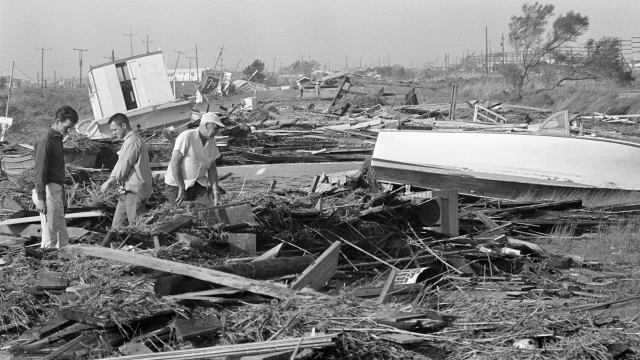Hurricane Betsy made landfall along the Gulf of Mexico in 1965 as a Category 4 storm. More than 80 people died, power and telecommunications were knocked out region-wide, and levees along Lake Ponchartrain breached to flood New Orleans.
The impact of Betsy went well beyond lives and property lost, though. As the first U.S. hurricane to cause more than $1 billion in damage, it would reshape flood policy for generations.
Private insurers lobbied Congress for three years to establish federal flood insurance, and in 1968, lawmakers relented. Affordable federal flood insurance paired with poor flood risk predictions led to a lot of unintended consequences: increased property values, widespread development in the floodplain and damage claims far exceeding revenue from premiums.
There was a reason private insurers wanted out. Today, the National Flood Insurance Program has more than 5 million policies in force and owes $20.5 billion in debt.
Dr. J. David Rogers with the Missouri University of Science and Technology has studied major floods on every continent except Antarctica. In this video, he explains why it's so difficult for an underwater insurance program to turn things around.
Trending stories at Newsy.com


